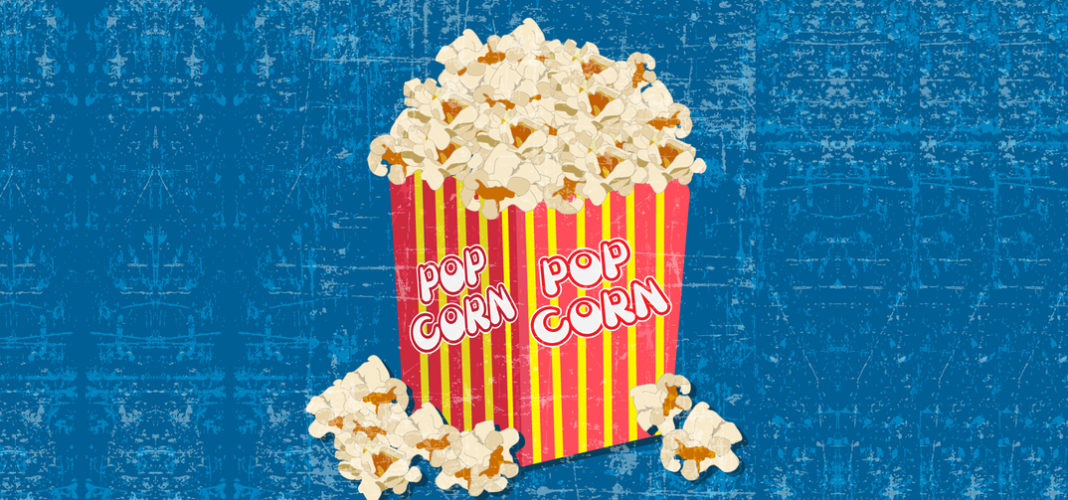In the un-put-downable book Switch: How to Change Things When Change is Hard, the authors describe a famous popcorn study. Moviegoers were given a soda and a free bucket of popcorn on their way to see a 1:05 matinee of Mel Gibson’s Payback in 2000. They were handed either a medium size bucket or a large bucket—as the authors describe, looked like “the sort of tub that had once been an above-ground swimming pool.”
Unbeknownst to the moviegoers, the popcorn was stale. It was intentionally nasty— it had been popped five days earlier and was so stale that it “squeaked when you ate it.”
The researchers were exploring whether people with the bigger buckets would eat more popcorn. To precisely measure how much people ate, they weighed the buckets before and after the movie. The results shocked them: those with the large buckets ate 53 percent more popcorn than those with the medium size buckets. They quote the author of the study, highlighting how across the board, a bigger bucket leads to more eating:
We’ve run other popcorn studies, and the results are always the same, however we tweaked the details. It didn’t matter if our moviegoers were in Pennsylvania, Illinois, or Iowa, and it didn’t matter what kind of movie was showing; all of our popcorn studies led to the same conclusion. People eat more when you give them a bigger container. Period.
This research has implications for public health. As this study shows, people eat out of habit regardless of whether the popcorn tastes like Styrofoam peanuts. So rather than trying to educate them about switching habits or encouraging them to adopt better-snacking behaviors, there is a simple solution. Give them smaller buckets.
As the authors conclude:
What looks like a people problem is often a situation problem.
Bottom line: Keep this in mind next time you are trying to make a small or big change.
I wish you all the best,
Dr. Samantha Boardman






